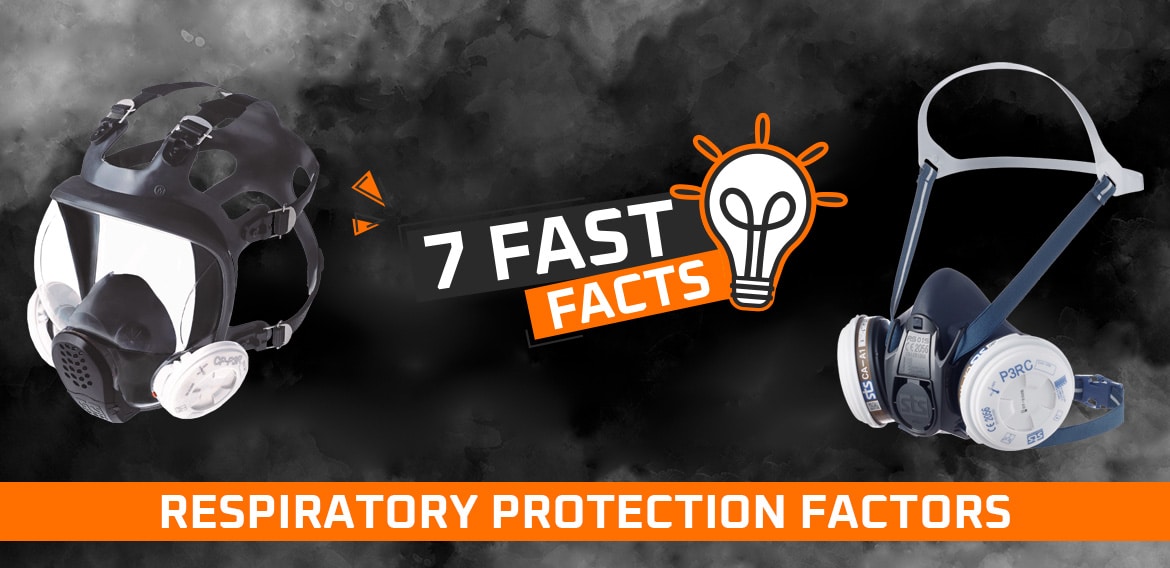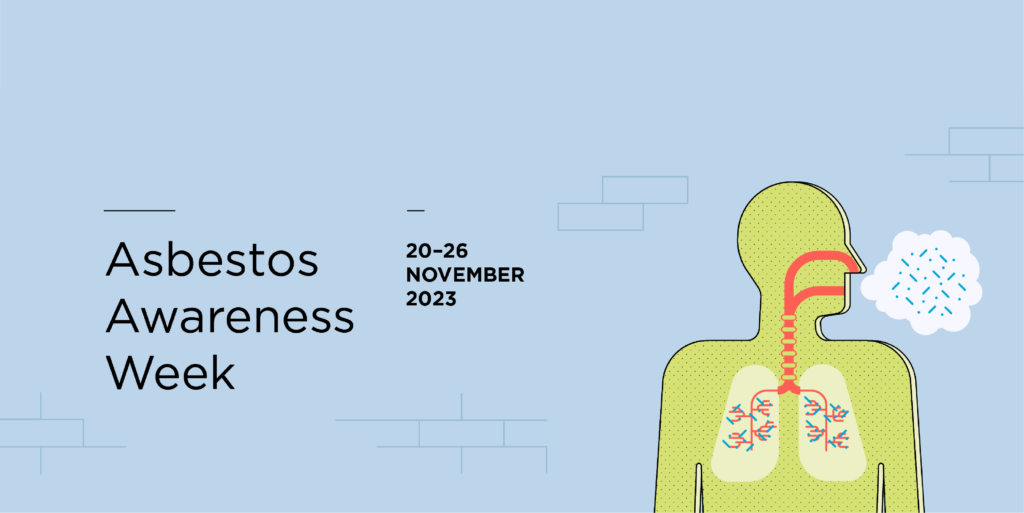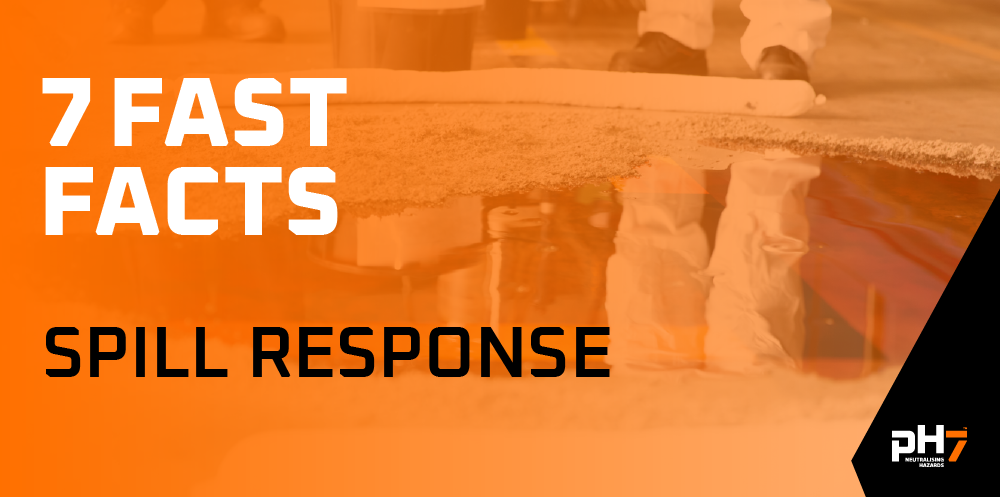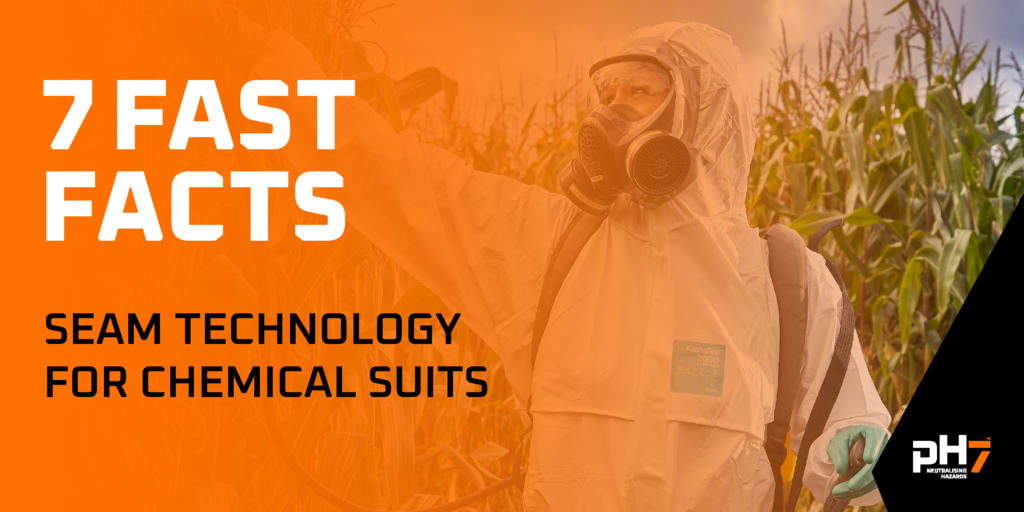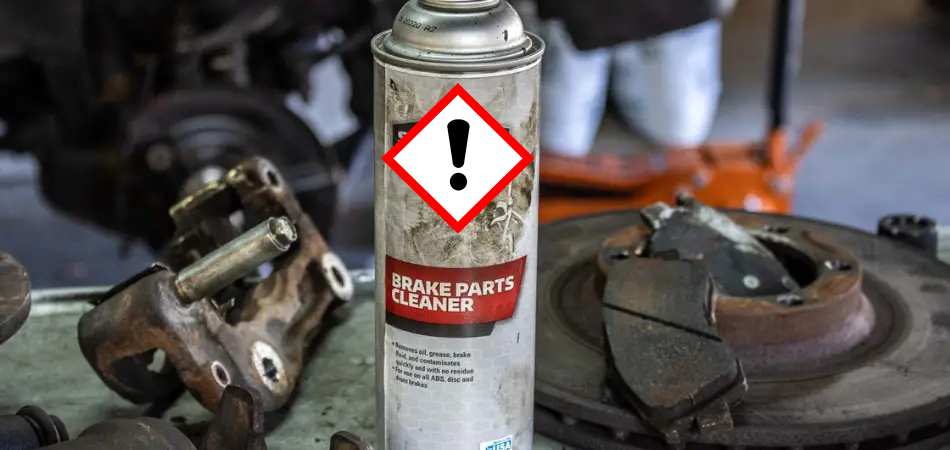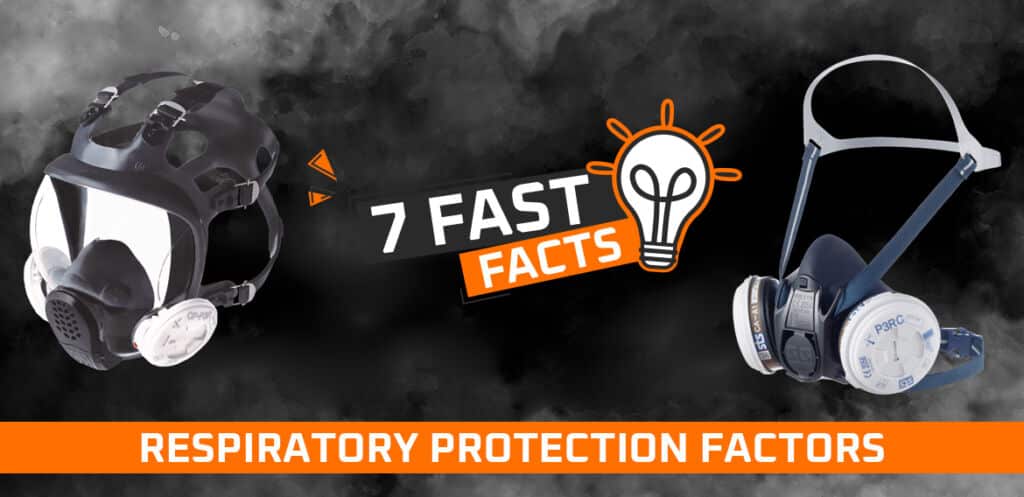- The protection factor of a respirator or class of respirators is the minimum level of protection the wearer can expect. For example, a half mask with particulate filters has a protection factor of 10 so it will offer at least 10 times the protection compared with not wearing a mask.
- AS/NZS 1715:2009 defines Protection Factor as “the ratio of the concentration of contaminant outside the respirator to that inside the respirator”
- Different types of respirators offer different protection factors, in Australia and New Zealand protection factors range from 10 to 100+
- The highest protection factors come with supplied air systems such as CleanAIR airline system or an SCBA (Self Container Breathing Apparatus) which provide positive pressure inside the respirator.
- Protection factors are an important tool to use when selecting the correct respirator for your environment.
- The minimum protection factor (MPF) for any given situation is that factor necessary to reduce the exposure of the wearer to below the acceptable level of exposure standard or to minimise the potential exposure.
- Assigned Protection Factors (APF) are a realistic level of protection that can be achieved by 95% of a properly trained workforce. These can vary by country so it’s important to understand the APF of different respirators in the country you’re operating in.
For more interesting facts about respiratory click here. To see our full range of Shigematsu and CleanAIR respirators click here.
#respiratoryprotection #pH7 #respirator #stsshigetmatsu #cleanair
